Restore up to 15.43 acres of marsh with the revegetation of native grass species, Spartina alterniflora and Spartina patens
Create and enhance critical habitats for avian species Dampen the impacts of storm surges and tidal flooding Grassle Marsh

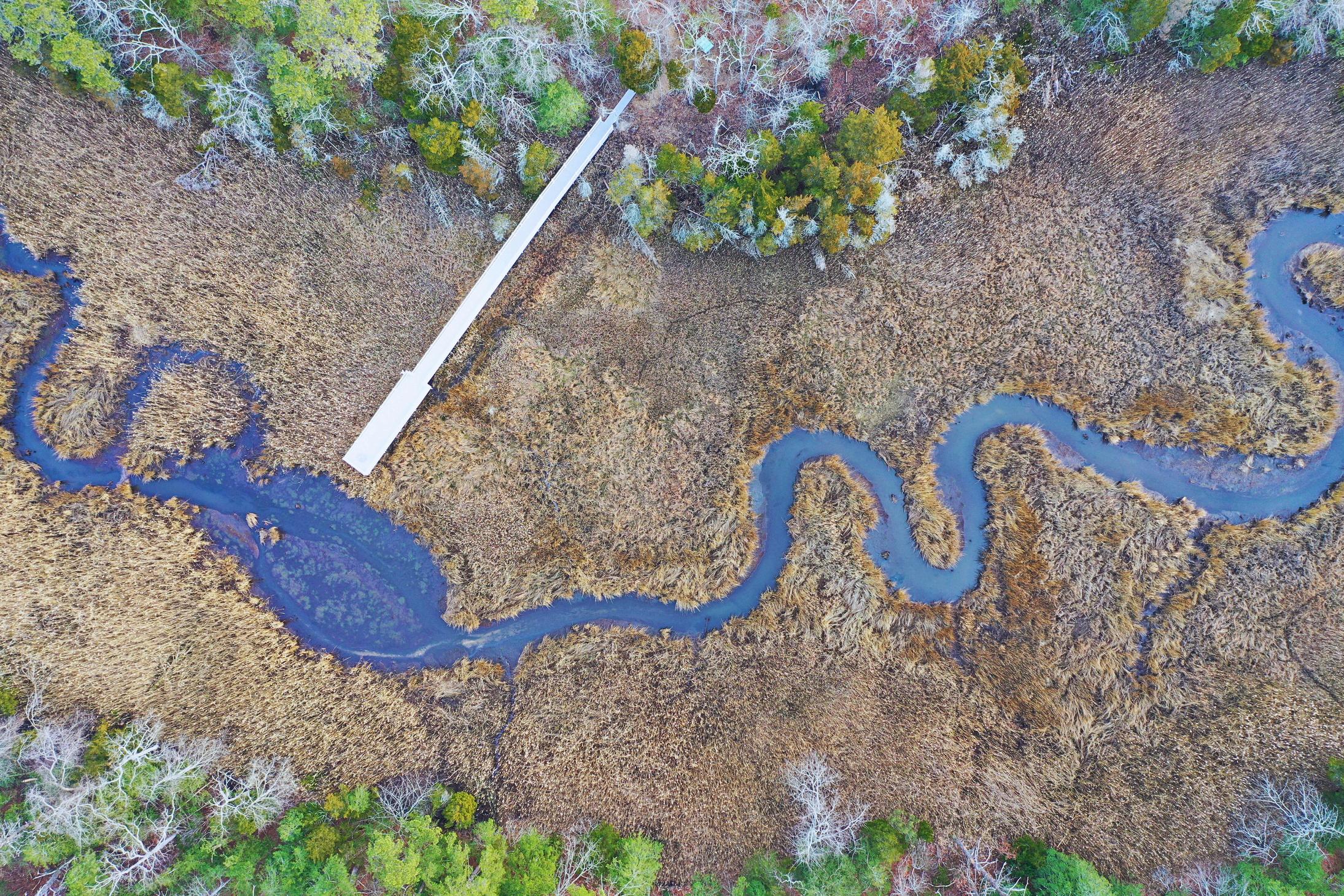
Suppress invasive species Phragmites australis Increase tidal flow to improve marine animal and mustelid passage
www.jcnerr.org Scan the QR code to take our Grassle Marsh Trail User Survey! Scan the QR code to take our Grassle Marsh Trail User Survey!

THE GRASSLE MARSH TRAIL THE GRASSLE MARSH TRAIL
On October 11, 2012, the pocket marsh adjacent to the Jacques Cousteau National Estuarine Research Reserve (JC NERR)’s Coastal Center was dedicated in honor of Fred and Judy Grassle, two distinguished marine scientists close to Rutgers University and the JC NERR staff. The Grassle Marsh Trail is about ½ miles of winding paths through maritime forest, an observation deck overlooking the pocket marsh, spotting scope, interpretive signage, and children’s activity stops!
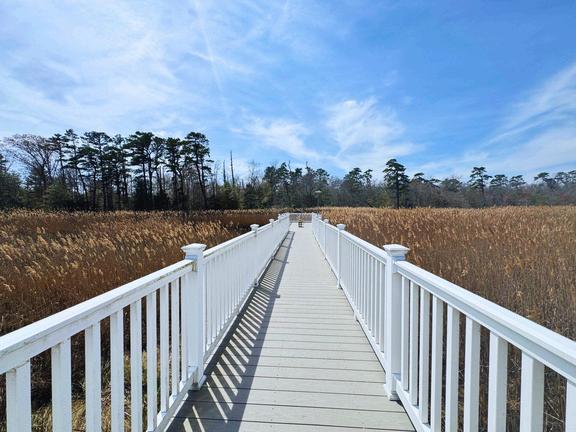
The trail passes through upland, creek, and tidal wetland habitats and loops back to the JC NERR Coastal Education Center. The ½ mile trail is open and free to the public every day from dawn until dusk.
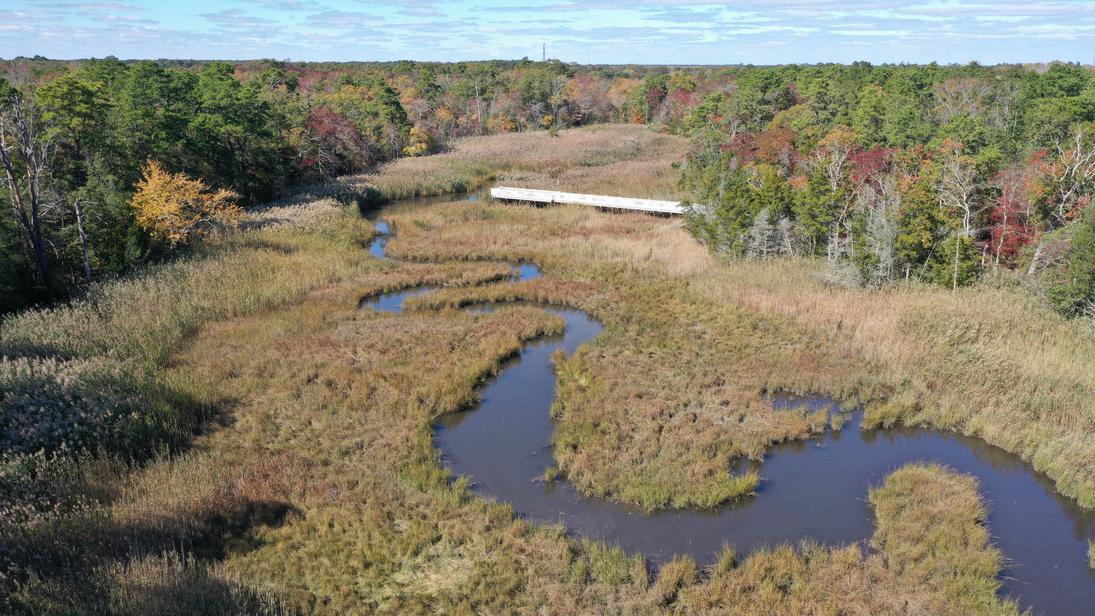
The Grassle Marsh Trail has become a treasured place within the local community - offering a place to escape and recharge, connect with nature, and create memories with family and friends!
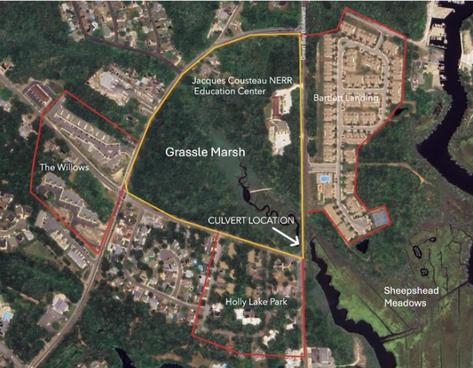
The Grassle Marsh is a restricted tidal salt marsh historically dominated by native species of Spartina sp. in Little Egg Harbor estuary in Tuckerton, NJ. The goal is to improve the tidal connection between the Grassle Marsh and its contiguous parent marsh, Sheepshead Meadows.
THE ISSUE THE ISSUE
There are two undersized culverts directly under Great Bay Boulevard that are clogged with sediment and debris and block tidal connection of the Grassle Marsh to Sheepshead Meadows on the other side of the road This has allowed invasive marsh grass species Phragmites australis to outcompete native marsh grasses Spartina alterniflora and spartina patens.
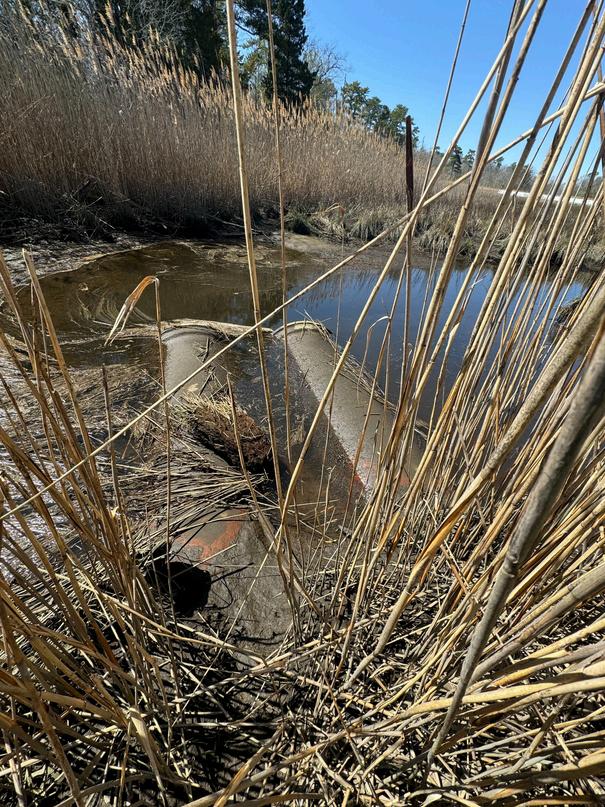
SOLUTION SOLUTION
Replace the clogged 42" culverts with a larger box culvert. Explore Phragmites removal methods.

Native vs. Invasive Species
Native vs. Invasive Species
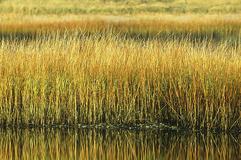
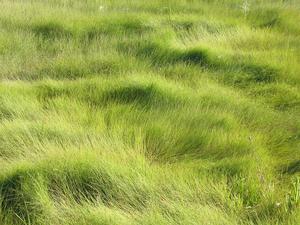
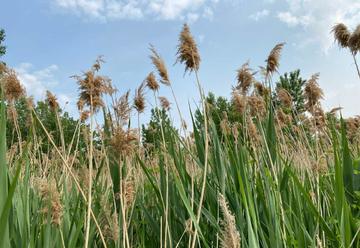
Phragmites australis, also known as the common reed, is an invasive grass species. Its extensive root system and overall biomass blocks sunlight from reaching smaller plants. This creates unsuitable habitats for native birds, animals, and fauna. It is a salt-tolerant species, allowing it to thrive in and overtake marsh environments
